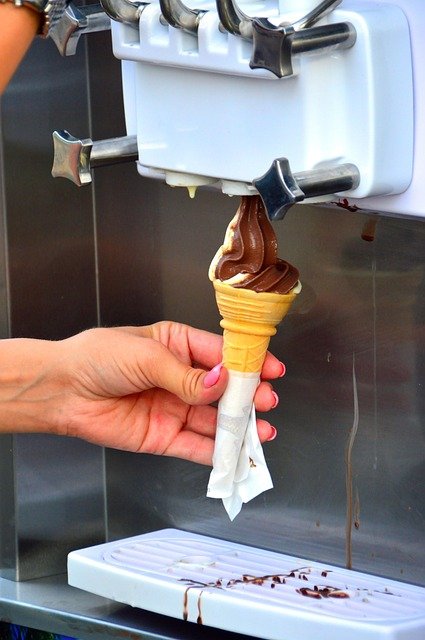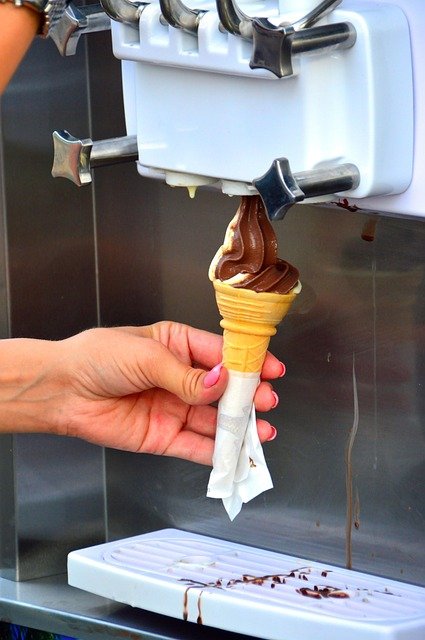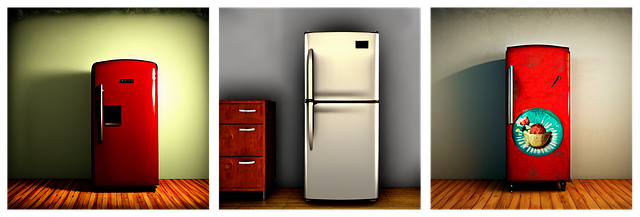How to Use a Countertop Wine Refrigerator: Step-by-Step Guide
July 31, 2025 | by li, moniker

How to Use a Countertop Wine Refrigerator: A Step-by-Step Tutorial
Whether you’re a wine enthusiast or just looking to keep your favorite bottles at the perfect serving temperature, a countertop wine refrigerator is a must-have appliance. This guide will walk you through the setup, optimal usage, and maintenance of your wine cooler to ensure your beverages stay fresh and flavorful. By the end, you’ll be a pro at storing and serving wine like a sommelier.
Choosing the Right Location and Setup
Before plugging in your Beverage & Beer Refrigerator, it’s crucial to find the ideal spot. Place it on a stable, level surface away from direct sunlight and heat sources like ovens or radiators. Ensure proper ventilation by leaving at least a few inches of space around the unit. Once positioned, let it run empty for a few hours to stabilize the internal temperature before loading your bottles.
- Avoid temperature fluctuations – Keep the fridge in a climate-controlled area.
- Check power requirements – Ensure the outlet matches the unit’s voltage.
- Level the fridge – Use adjustable feet if necessary to prevent vibrations.
Optimizing Storage and Temperature Settings
Different wines require different storage conditions. Most countertop wine refrigerators allow you to set precise temperatures. For best results:
- Red wines – Store between 55°F and 65°F (13°C-18°C).
- White and rosé wines – Keep between 45°F and 55°F (7°C-13°C).
- Sparkling wines – Maintain at 40°F to 50°F (4°C-10°C).
Organize bottles horizontally to keep corks moist, preventing oxidation. If your fridge has dual zones, use them to store different types of wine at their ideal temperatures. For a high-quality option, consider the Beverage & Beer Refrigerator, which offers precise cooling and sleek design.
Maintenance Tips for Longevity
To keep your wine fridge running efficiently, regular maintenance is key. Clean the interior every few months with a mild detergent and soft cloth. Check the door seal for tightness to prevent cold air leaks. Defrost manual models as needed to avoid ice buildup. Additionally, avoid overloading the fridge, as restricted airflow can strain the compressor.
- Monitor humidity levels – Ideal humidity for wine storage is between 50-70%.
- Inspect the condenser – Dust it periodically to maintain cooling efficiency.
- Rotate stock – Consume older wines first to enjoy them at their peak.
Final Thoughts
A countertop wine refrigerator is an excellent investment for preserving and serving wine at its best. By selecting the right location, optimizing temperature settings, and performing routine maintenance, you can ensure your appliance lasts for years while keeping your collection in perfect condition. Whether you’re a casual drinker or a connoisseur, these tips will help you make the most of your wine storage solution.
RELATED POSTS
View all


